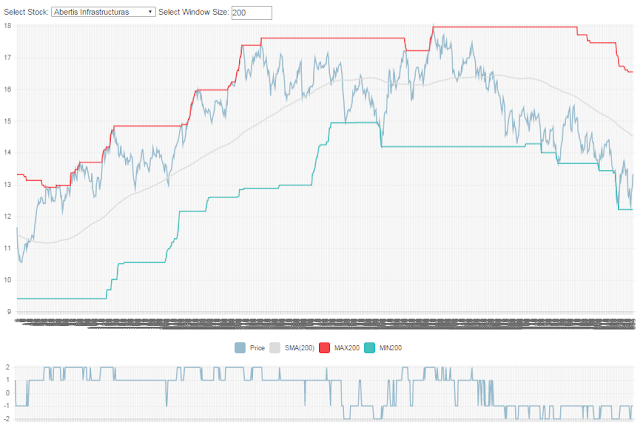Last week, I found myself setting up some jobs in a Unix environment (Centos 7) for which I wanted to get error email notifications and I ran into some troubles setting up the proper configuration, so I would like to take the chance and share the actions I took in case anyone finds him/herself in the same situation.
Please note that we are going to use Postfix as mail service here!
Initial Crontab setup
This was the setup I was facing, some jobs scheduled that might fail sometimes and one that will always fail as it was badly written:
$crontab -l
30 15 * * * java -jar /path_to_your_jar_app/job.jar
45 13 * * * /path_to_some_script/script.sh
45 19 * * * obviously_wrong_command
This is an example of an email that should be generated for the above setup:
Message 1: From cron_user@homepc Sun Oct 23 19:45:01 2016 Delivered-To: john.doe.the.sysadmin@mailservice.com From: "(Cron Daemon)" Subject: Cronobviously_wrong_command Content-Type: text/plain; charset=UTF-8 Auto-Submitted: auto-generated Precedence: bulk X-Cron-Env: XDG_SESSION_ID=3289 X-Cron-Env: XDG_RUNTIME_DIR=/run/user/3001 X-Cron-Env: LANG=en_US.UTF-8 X-Cron-Env: MAIL_TO=admin_user_alias X-Cron-Env: SHELL=/bin/sh X-Cron-Env: HOME=/home/cron_user X-Cron-Env: PATH=/usr/bin:/bin X-Cron-Env: LOGNAME=cron_user X-Cron-Env: USER=cron_user Date: Sun, 23 Oct 2016 19:45:01 +0200 (CEST) Status: RO /bin/sh: obviously_wrong_command: command not found
Keep reading if you want to get the same setup!







